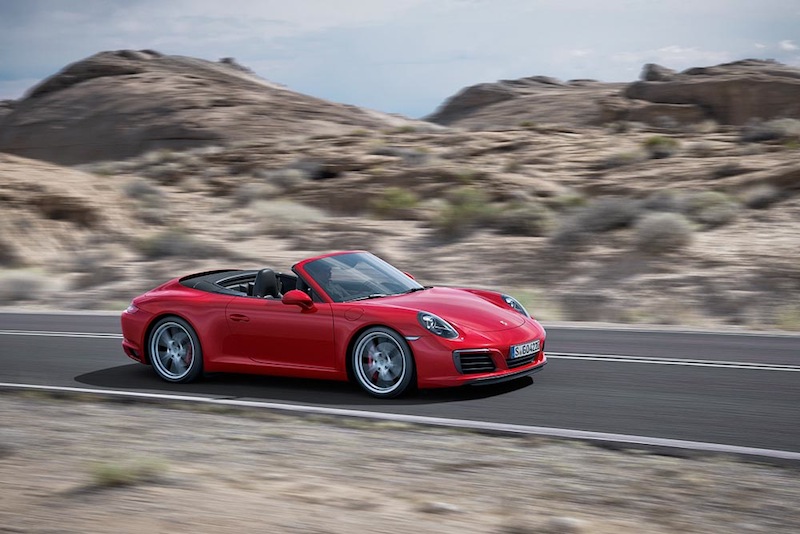When Porsche introduces a new 911 variant, it’s always a big deal. Each new 911 is treated to pomp, circumstance, standing ovations, angels descend from the heavens, velvet ropes part, and champagne in every glass. This one is no different, It’s new, and it’s a new move forward toward a potentially new ethos-shift Porsche altogether. The new 991 (officially an update on the existing model) features a new face, a new rear end, and a new heart. That new heart is the big deal here, as the new 991 Carrera and Carrera S will be swapping out their naturally aspirated engines for an all-new 3.0 liter turbocharged flat six. The highlights are many, but chief among them are increases in horsepower and torque, as well as improvements in fuel economy. Break out your tophat and tails, it’s time to celebrate!
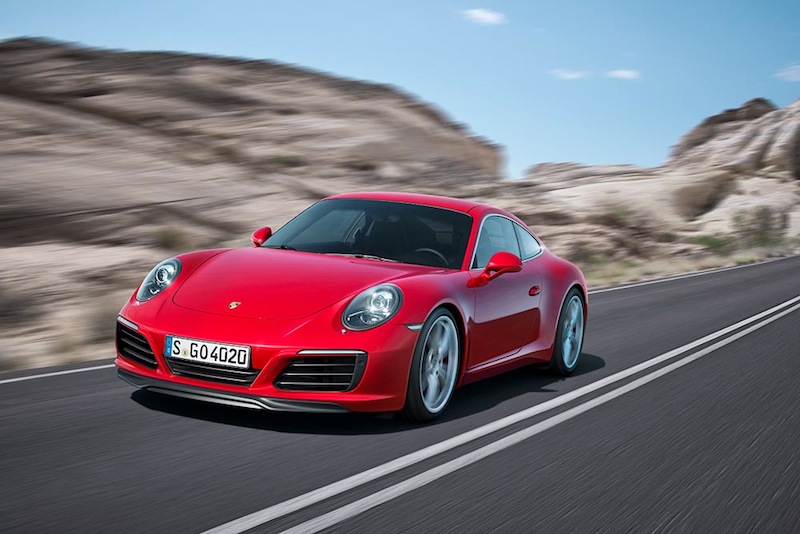
Engines
Let’s talk about that new 3.0 Turbo engine, because it’s pretty spectacular. The new twin-turbocharged engine offers an increase of 20 horsepower compared to previous models. The 911 Carrera now develops 370 horsepower and 331 lb/ft of torque versus the old 3.4 liter engine’s output of 350 hp and 287 tq. The new 911 Carrera S now makes 420 horsepower and 368 lb/ft of torque, whereas the outgoing 3.8 liter engine only managed 400 hp and 325 tq.
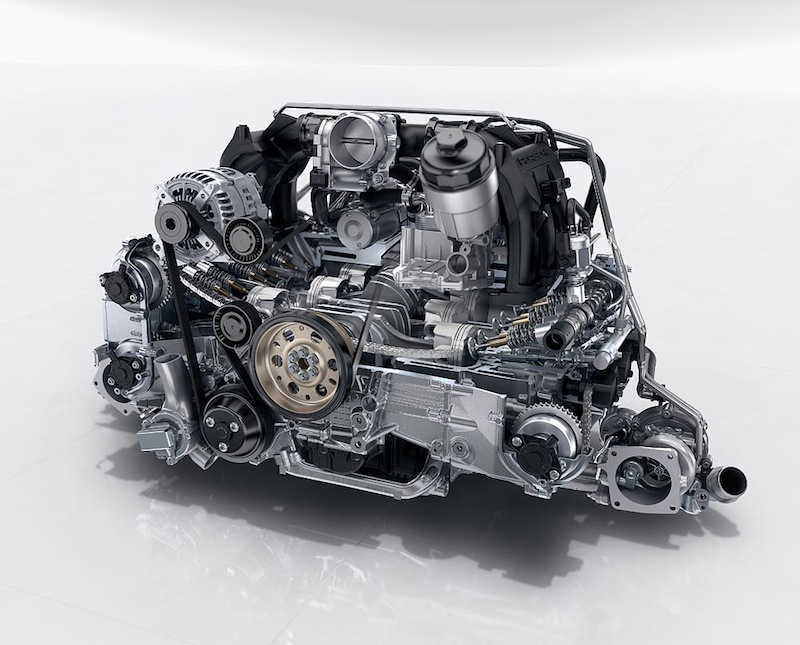
Along with that increase in power, comes an equally important increase in fuel economy. Porsche doesn’t have EPA ratings as of right now, but they claim somewhere around a 12% increase in fuel economy. Based on the New European Drive Cycle (NEDC) ratings, the Carrera achieves about 32 miles per gallon average, and the Carrera S accomplishes about 30 MPG. The two rating systems are very different, but that’s a pretty good increase. The old Carrera S, for example, only managed a tick over 28 miles per gallon on NEDC ratings.
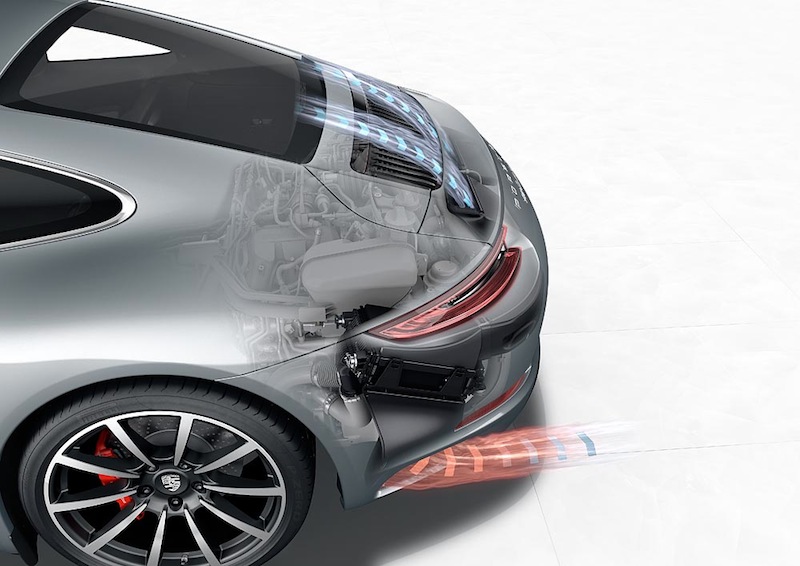
It’s a no-brainer that a new 991 with more power would also have better performance. The Carrera with PDK can now run to sixty in 4.0 versus the 4.2 0-60 of the naturally aspirated model, and can now reach a V-max of 183 miles per hour. The Carrera S with PDK sprints to 60 in 3.7 seconds (versus 3.9 of the prior generation) and has a massive 191 mile per hour top speed. That’s right, a 991 Carrera S is almost a 200 mile per hour car now. Isn’t that crazy? 200 used to be reserved for only the craziest of supercars.
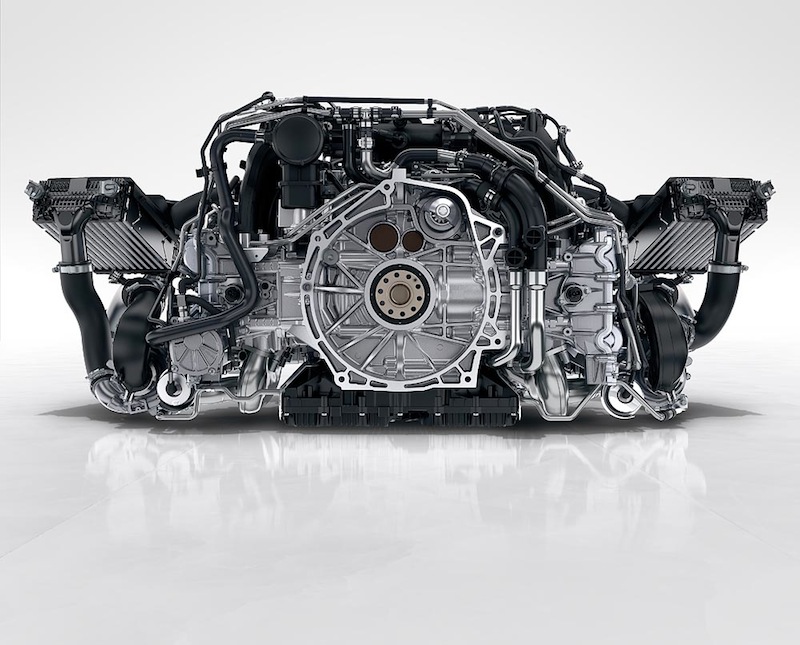
Chassis
The new 991.2 chassis has also been tricked out with ‘trickle down’ technology from the more expensive models, including the 991 Turbo, 991 GT3, and even the 918 Spyder. As expected, these advancements increase the car’s speed, responsiveness, handling capabilities, and driver comfort. It’s all pretty trick stuff, so let’s check out what’s in store.
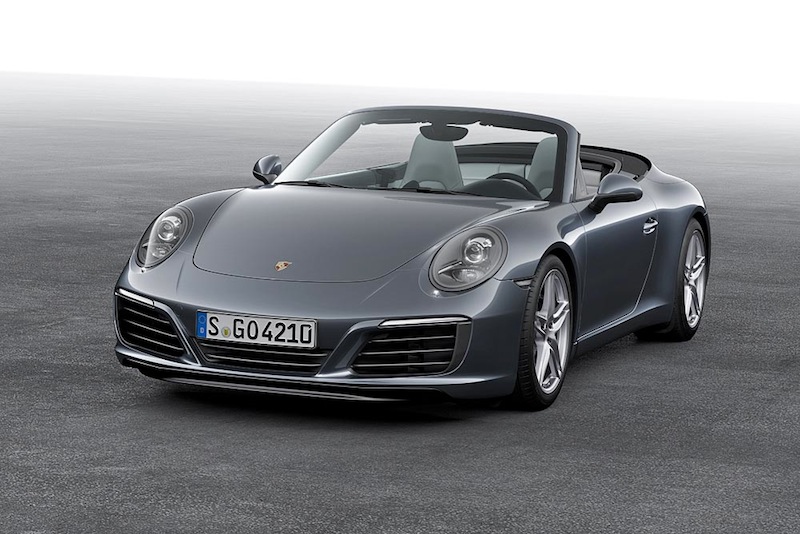
The new Sport Chrono equipped cars will have a mode switch dial on the steering wheel that will change how the car reacts to inputs. The old modes “Normal, Sport, and Sport Plus” are included, but the new one here is “Individual”, which allows driver-tailored customization of options, including Chassis settings, auto start/stop, PDK shifting, throttle response, and the exhaust note. This new setting would allow you as a driver to select the ability to have the sport shifting and sport chassis settings without waking up the neighbors with the sport exhaust, or to go for a sporting drive on some pockmarked roads without sacrificing road holding or your tooth fillings (Sport exhaust on, sport shifting on, chassis set to soft).
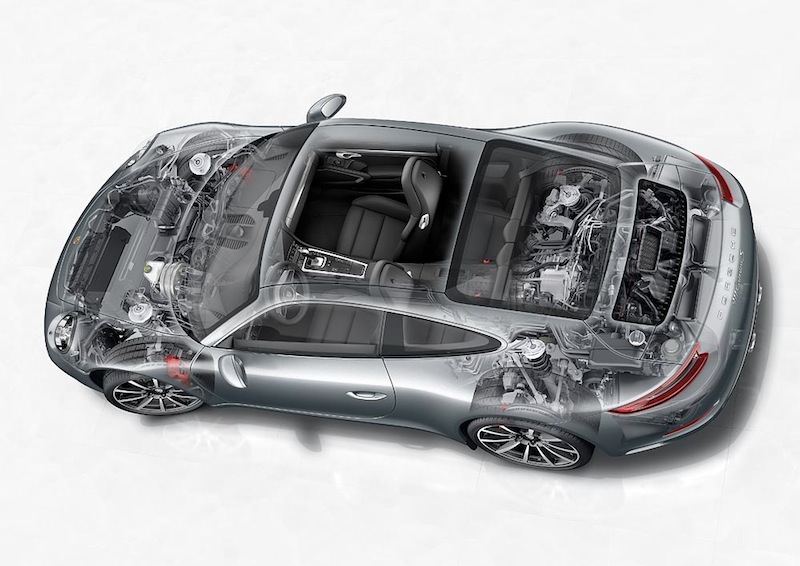
Because Porsche believes so much in this new chassis, they’ve made PASM, and by extension the 10mm lower ride height, standard on the Carrera now. No real word has been said on the changes made to the PASM system, but Porsche does comment that they have increased the dynamic capability even further than before… on the new generation. To correspond with this, rear wheels have increased width to 11.5 inches.
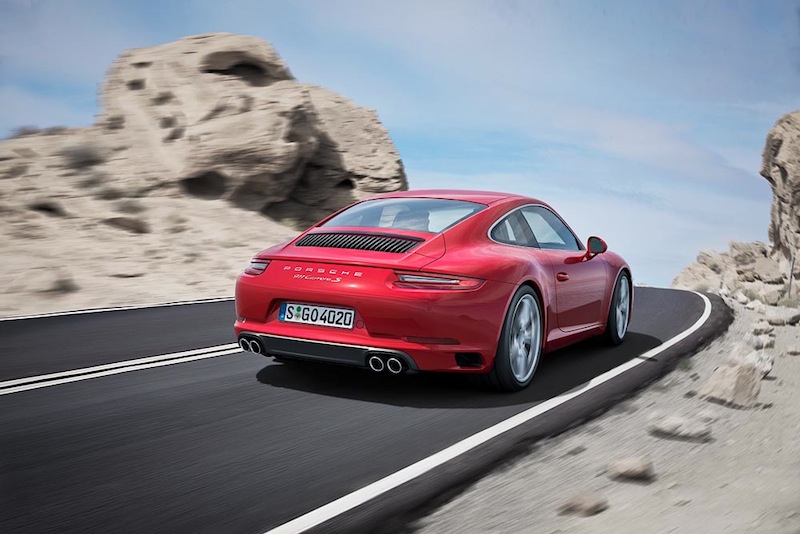
The Carrera S has a brand new option, too. You can now order your brand new Carrera S with optional rear-axle steering. At lower speeds, the rear steer turns against the fronts to further improve the turn-in behavior of the 911, and at higher speeds, the system turns with the fronts to aid in driving precision for long sweeping curves or changing lanes. In addition, Porsche is now offering optional electro-hydraulic lift for the front axle to aid in clearing speed bumps or driveway entrances.
Porsche Communication Management
A brand-new standard feature on the 991.2 Carrera and Carrera S is the PCM module, which now includes online navigation ability. One of our very few gripes about the 991 and 981 interiors have been the PCM and its lack of user friendliness. We really hope that this new version will fix many of those issues. Based on the information we’ve received, it looks like that may be the case.
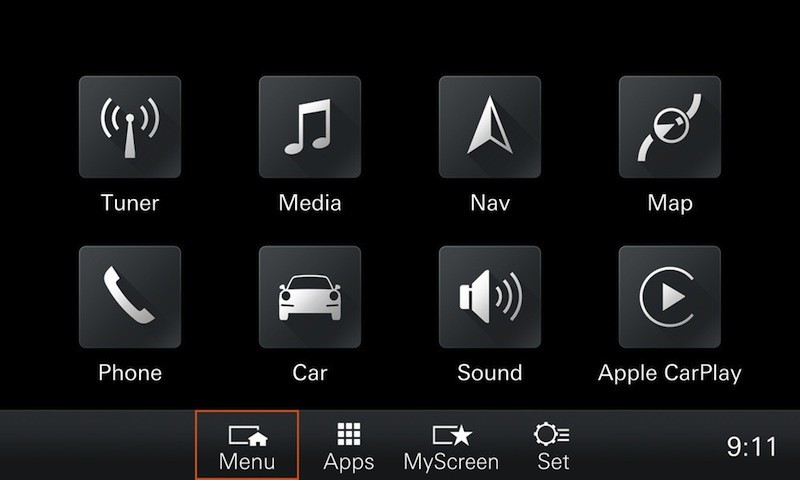
Porsche claims the new system features ‘multi-touch’ gesture operation, similar to smart phones, on a large 7-inch display. The system now recognizes handwritten prompts. Most crucially, smart phones can now be connected via Wi-Fi. When we’ve been in current generation PCM equipped cars, attaching phones to the Bluetooth module has ranged from annoying to infuriating. If you have an iPhone, you can hook your phone up to the new PCM in order to utilize Apple CarPlay.
Possibly the best information to come out of this new PCM update is the addition of Google Maps. This update includes real time traffic information, route-adaptation based on traffic flow, and Google Earth and Google Streetview services. You can also use the “Porsche Car Connect” app to remotely control certain functions of your car, see car stats, transfer destinations to the PCM’s navigation, and for third-party music app streaming. This is a big step forward for Porsche, and brings daily-use of the 991 closer to 100%.
Visual Changes
For the most part, the 991.2 apes the 991.1 closely. Not much has changed, but there are a few important differences. There are new standard 5-spoke wheels. There is a new front fascia, and a new rear engine lid. The new wheels have not been shown off in these press photos, so we’ll have to wait to see exactly what they look like, but there are plenty of front and rear shots to look at.
The front bumper features much larger air inlets to feed what are likely much larger radiators. Turbocharged engines create a lot of heat, and it is imperative that the radiators be able to handle that extra stress.
From the rear, your eye first focuses on the vertically straked engine cover. This visual is interesting, as the wide opening looks somewhat like that of a long-hood 911’s rear decklid, though with vertical pieces instead of horizontal grilles. With that said, the move is quite striking, and appears to be well executed. I look forward to seeing it in person. The opening is likely to facilitate a large top-mount intercooler to feed the turbos cool air. The second thing I notice from the rear is the twin tail pipes. Instead of the four-tip exit of the existing 991 Carrera S, we see a true-dual exit oblong pipe on either side of the bumper. Again, this is a departure from the old 991, but not necessarily worse, just different.
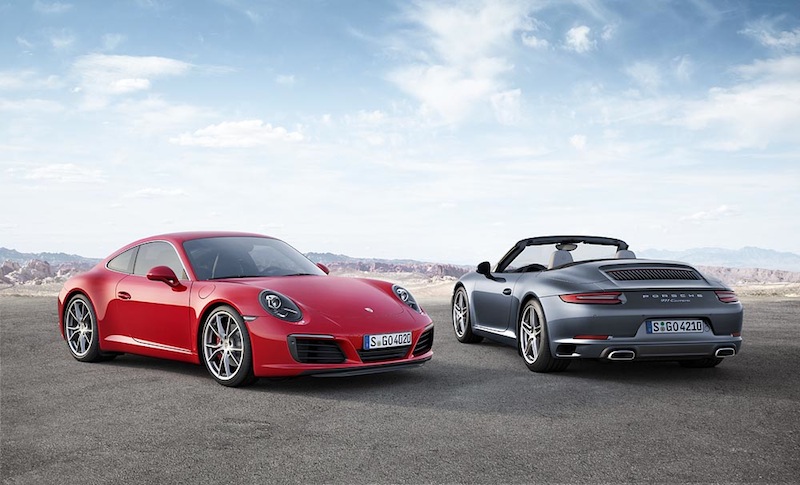
Availability and Pricing
The new 991.2 Carrera and Carrera S will be available from March of 2016 in the US and April 2016 for Canada with a slight MSRP hike over the existing car.
USA Pricing
911 Carrera $89,400
911 Carrera S $103,400
911 Carrera Cabriolet $101,700
911 Carrera S Cabriolet $115,700
Canadian Pricing
911 Carrera $102,200
911 Carrera S $118,200
911 Carrera Cabriolet $116,200
911 Carrera S Cabriolet $132,200
